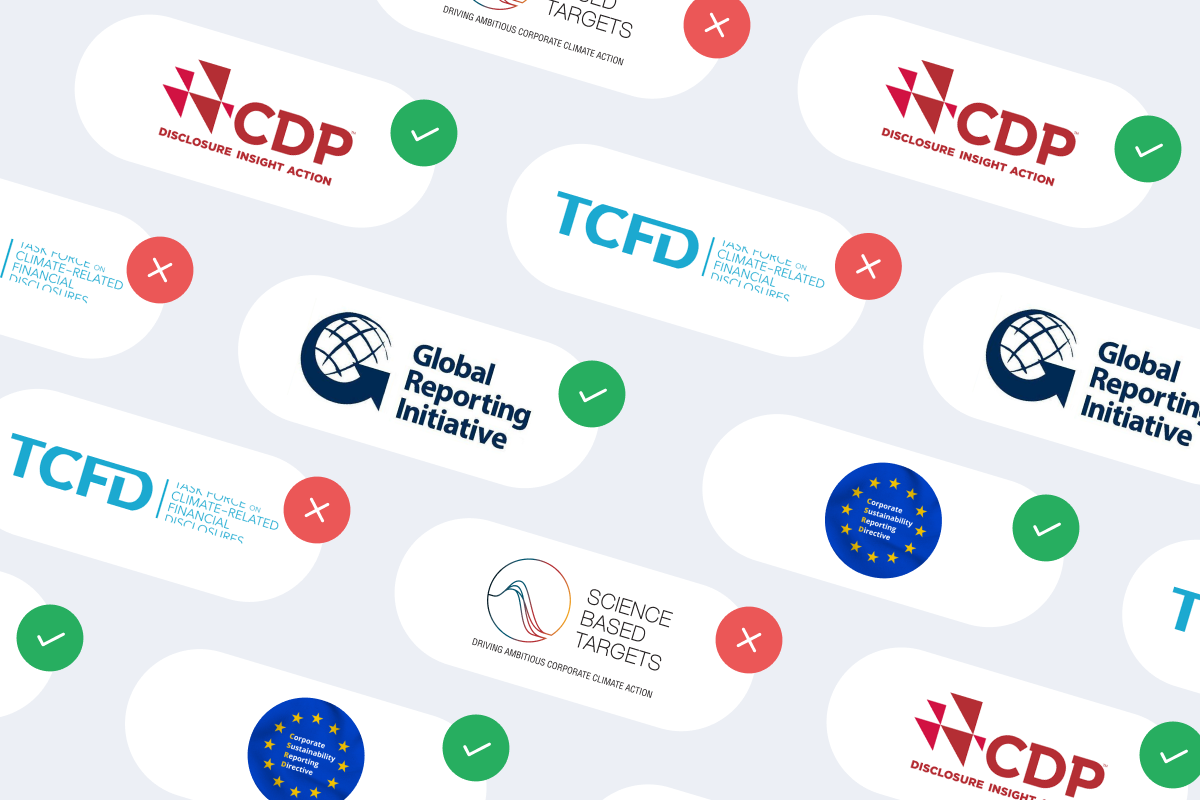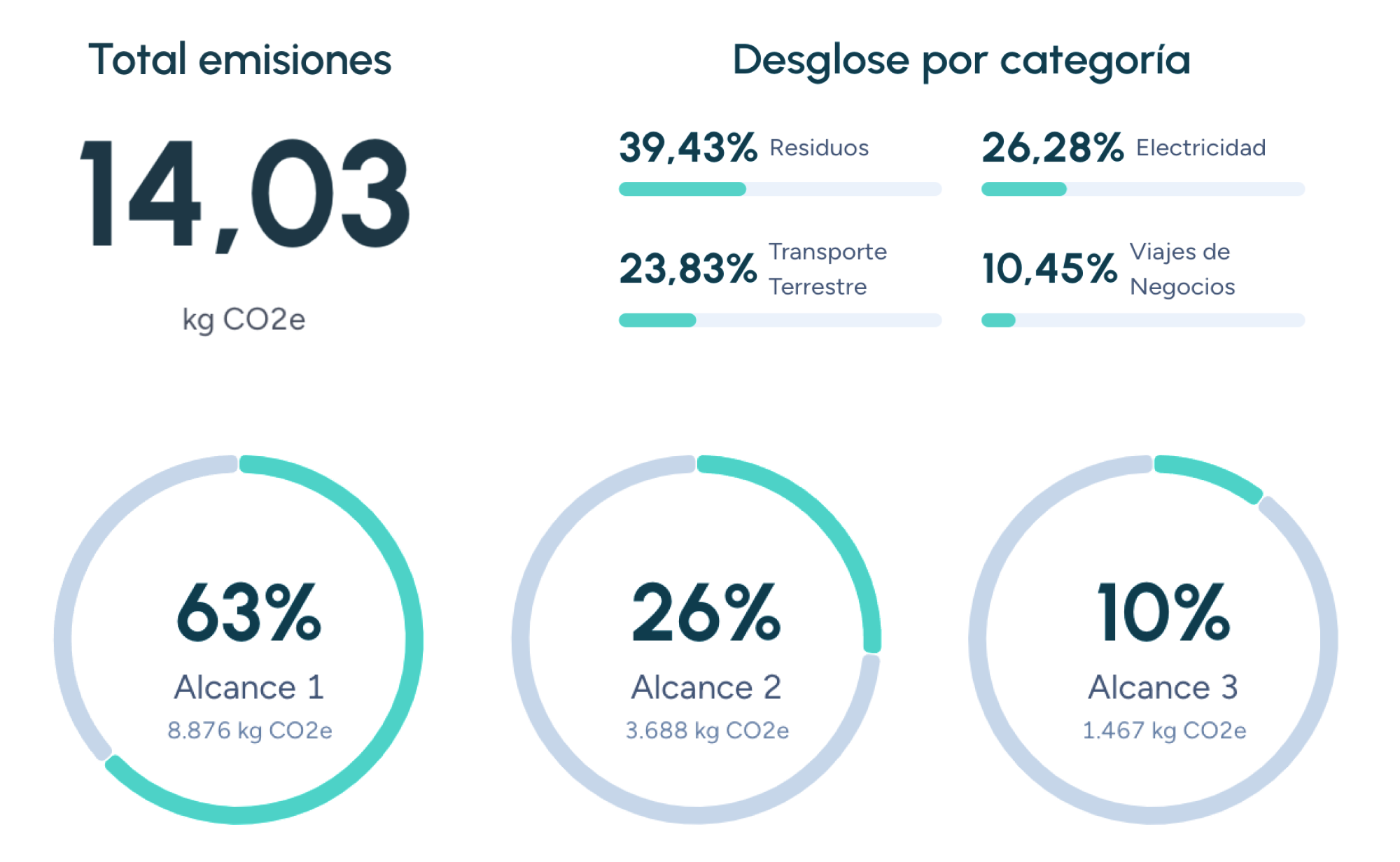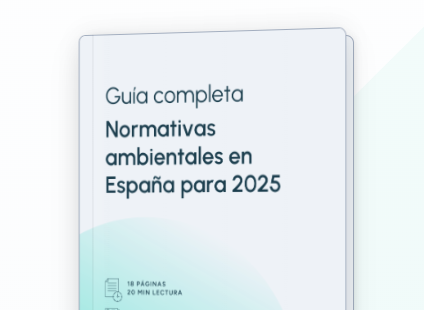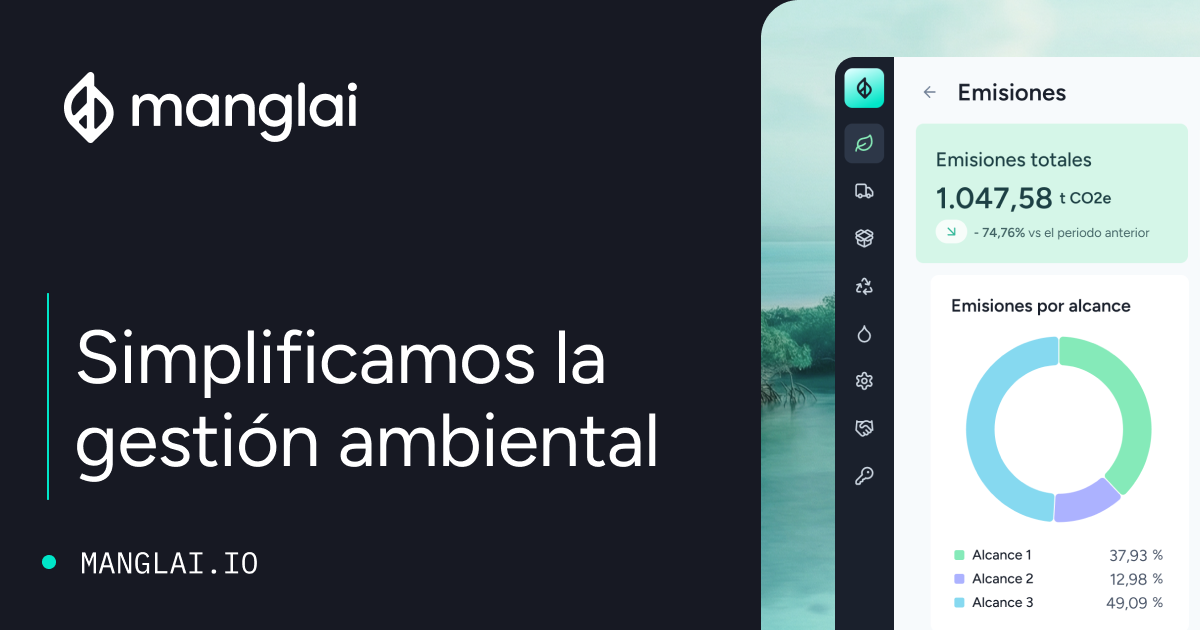I
ISO 14067
What is ISO 14067?
ISO 14067 is an international standard developed by the International Organization for Standardization (ISO) that establishes guidelines for calculating and communicating the carbon footprint of products. First published in 2013 and updated in 2018, this standard focuses on evaluating greenhouse gas (GHG) emissions associated with a product’s life cycle, from raw material extraction to its final disposal.
The primary goal of ISO 14067 is to provide a standardized and scientifically rigorous framework for measuring and communicating carbon footprint data, promoting transparency and comparability across different products and industries. This standard is particularly relevant in a global context where companies seek to reduce emissions and contribute to the climate goals set by the Paris Agreement.
The importance of ISO 14067 in combating climate change
Climate change is one of the greatest challenges of our time, and reducing GHG emissions is crucial to mitigating its effects. In this context, ISO 14067 plays a fundamental role by providing a clear methodology for identifying and quantifying emissions associated with products. This allows businesses and organizations to:
- Identify key emission sources throughout their product life cycle.
- Develop effective emission reduction strategies.
- Communicate their environmental impact transparently to consumers and stakeholders.
Furthermore, the standard encourages the adoption of sustainable production and consumption practices, contributing to a low-carbon economy and supporting the United Nations Sustainable Development Goals (SDG 13: Climate Action).
Key concepts and methodology of ISO 14067
ISO 14067 is based on Life Cycle Assessment (LCA) principles, a methodology used to evaluate the environmental impact of a product throughout its entire life cycle. Key concepts of the standard include:
1. Product Carbon Footprint (PCF)
The Product Carbon Footprint (PCF) is defined as the total amount of GHG emissions, expressed in CO₂ equivalents (CO₂e), generated directly or indirectly throughout a product’s life cycle. This includes emissions from all three scopes defined by the GHG Protocol:
- Scope 1 emissions: Direct emissions from sources controlled by the organization.
- Scope 2 emissions: Indirect emissions from electricity, heating, or steam consumption.
- Scope 3 emissions: Other indirect emissions, such as those from the supply chain or product use.
2. System boundaries
The standard requires clearly defining system boundaries, specifying which processes and activities are included in the analysis to ensure consistency and comparability.
3. Primary and secondary data
ISO 14067 distinguishes between primary data (specific to a product and obtained directly from an organization’s operations) and secondary data (sourced from external databases or literature). The standard prioritizes primary data to enhance calculation accuracy.
Benefits of implementing ISO 14067 in your company
Adopting ISO 14067 offers multiple advantages, including:
- Operational efficiency improvements: Identifying emission hotspots helps optimize processes and reduce costs.
- Competitive advantage: Consumers increasingly value sustainable products, and ISO 14067 certification can differentiate a company in the market.
- Regulatory compliance: In a rapidly evolving regulatory landscape, the standard helps businesses meet legal requirements and prepare for future regulations.
- Access to subsidies and contracts: In Spain, companies that demonstrate sustainability commitments can access government grants and participate in public procurement processes managed by the Ministry for the Ecological Transition (MITECO).
The role of digital tools in ISO 14067
Implementing ISO 14067 can be complex due to the large amount of data required and the precision needed for calculations. Digital tools play a critical role in simplifying data collection, ensuring accuracy, and improving process efficiency.
Additionally, Artificial Intelligence (AI) and data analytics can significantly reduce the time and resources needed to calculate carbon footprints while ensuring result traceability and accuracy.
Relationship with other international standards
ISO 14067 is not an isolated standard; it complements other key sustainability and environmental management standards, including:
- ISO 14040 & ISO 14044: Establish principles and requirements for conducting Life Cycle Assessments (LCA), which form the methodological foundation of ISO 14067.
- GHG Protocol: Provides a framework for measuring and managing corporate GHG emissions, aligning with ISO 14067 principles.
- ISO 14064: Focuses on the quantification and verification of GHG emissions at the organizational level.
Integrating these standards enables businesses to adopt a holistic approach to environmental impact management, covering both corporate and product-level emissions.
How can we help you comply with ISO 14067?
ISO 14067 is an essential standard for any organization aiming to measure, manage, and reduce its product carbon footprint transparently and scientifically. Implementing this standard not only helps combat climate change but also offers tangible benefits, such as improved efficiency, access to sustainable markets, and regulatory compliance.
In a world where sustainability is increasingly important, tools like Manglai can significantly simplify the process of carbon footprint calculation and reporting, helping businesses lead the transition to a greener and more resilient economy.
Companies that trust us

AWARE (Available Water Remaining)
AWARE is a Life Cycle Assessment (LCA) characterisation method that weights the impact of water consumption according to the residual water availability in the local basin.
B Corp Certification
B Corp Certification is a global standard that validates companies for their commitment to sustainability and social responsibility, promoting practices that reduce carbon footprints and create a positive impact on society and the environment.
CBAM: EU Carbon Border Adjustment Mechanism
Analyse how the EU taxes imports according to their carbon footprint, the sectors affected, and the steps companies must take to prepare for 2026.
Guiding businesses towards net-zero emissions through AI-driven solutions.
© 2025 Manglai. All rights reserved
Política de Privacidad


